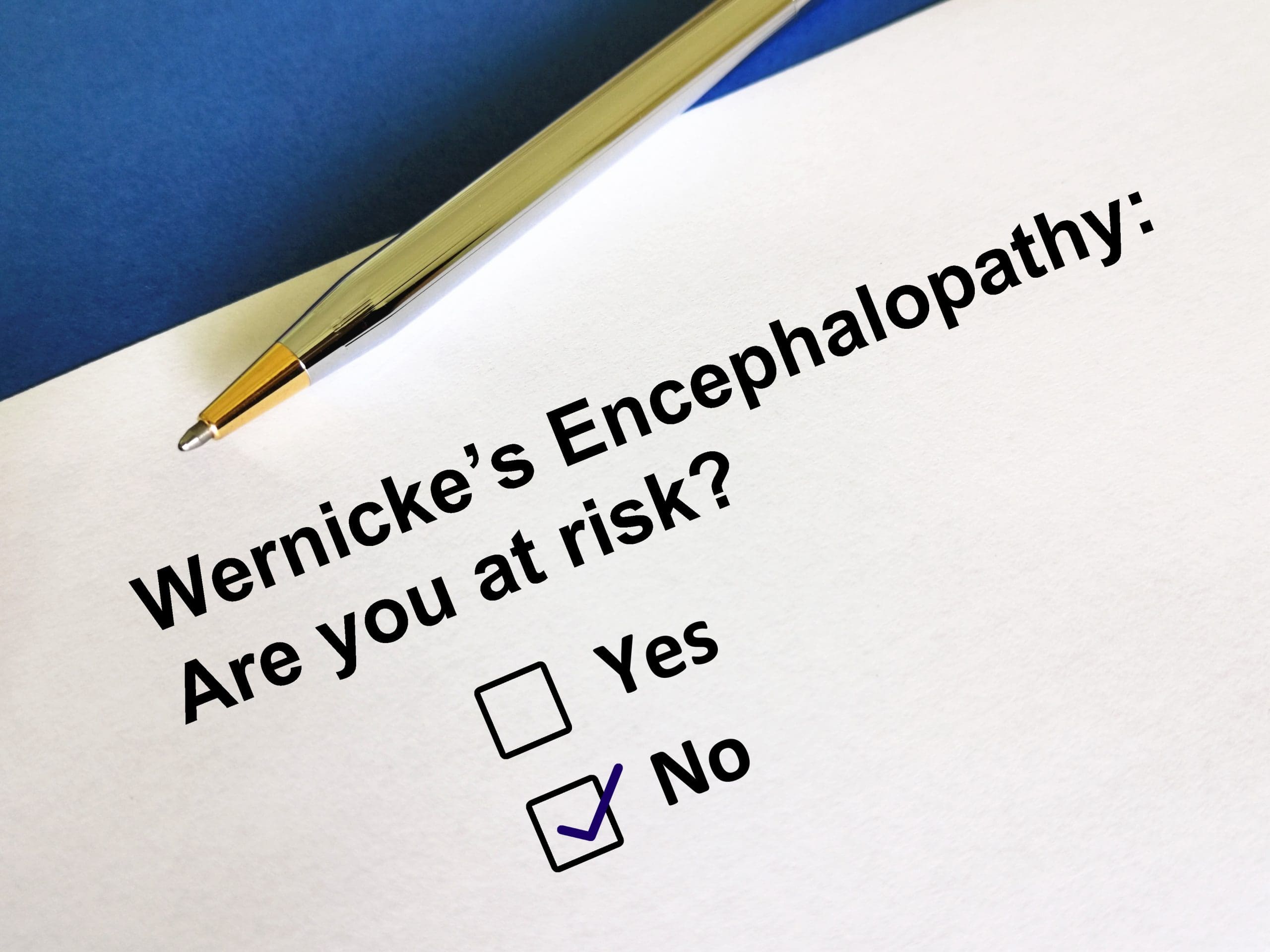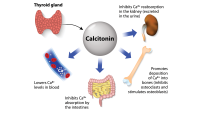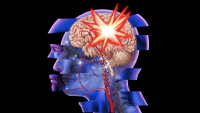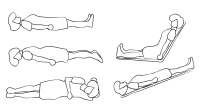Missed diagnosis can lead to dire consequences
- Severe hyperemesis gravidarum quickly depletes the body’s thiamine store due to frequent vomiting and difficulty tolerating oral intake.
- Depletion of thiamine without adequate supplementation may result in the development of Wernicke’s encephalopathy, a severe neurologic condition that can significantly impact maternal and fetal morbidity and mortality.
- Protocols are needed to ensure the administration of vitamins and dextrose only after first administering thiamine.
Amber White*, a 35-year-old woman who’s 21 weeks pregnant, arrives in the ED with an altered level of consciousness, blurred vision, weakness, and ataxia. The nurse notes slurred speech and an unsteady gait. Ms. White has been treated for hyperemesis gravidarum (HG) for most of her pregnancy. She says she’s lost 60 pounds and that her current weight is 295 pounds. She’s transferred to the intensive care unit for further evaluation.
History and assessment
Ms. White’s medical history includes mitral valve prolapse and obesity. Home medications for nausea include oral ondansetron and a promethazine suppository as needed.
Ms. White says that she hasn’t had a bowel movement in several months and can’t keep down any food or liquids. Lab results reveal hypokalemia (1.9 mmol/L), hyponatremia (132 mEq/L), thiamine deficiency (23.9 nmol/L), and low hemoglobin (11 g/dL) and hematocrit (31.5%) levels. Ms. White has difficulty remembering and communicating thoughts.
Outcome
After assessing Ms. White’s symptoms, electrolyte levels, and a brain MRI, the provider diagnoses Wernicke’s encephalopathy (WE) secondary to severe malnutrition from HG. Maternal-fetal medicine (MFM) clinicians join the care team and order I.V. thiamine 500 mg every 8 hours, I.V. dextrose/sodium chloride fluids 60 mL/hour, daily I.V. folic acid 2 mg, and a peripherally inserted central catheter for total parenteral nutrition (TPN).
In-patient treatment continues for 2 weeks to regulate electrolytes. Ms. White also receives physical and occupational therapy. Because she can’t tolerate oral intake, the provider orders a nasojejunal tube and decreases TPN.
After a month, Ms. White is discharged home with a walker for ambulation, physical therapy appointments twice a week, and a prescription for thiamine 250 mg by mouth daily.
Ms. White visits her OB provider weekly and the MFM clinic bi-weekly for weight and fetal checks. The OB provider induces labor at 39 weeks gestation. Ms. White vaginally delivers a healthy newborn. The patient loses over 75 pounds before delivery. Most of her physical and cognitive abilities return to pre-pregnancy levels when she’s discharged home.
Education
HG occurs in about 3% of pregnancies and is the most common cause for hospitalization of women less than 20 weeks pregnant. HG can lead to weight loss, electrolyte imbalance, and dehydration. Additional caloric needs during pregnancy can increase thiamine requirements by 45.5%. Without thiamine supplementation, HG with severe weight loss can lead to WE.
WE, an acute, life-threatening neurologic disorder, is characterized by mental status changes, gait ataxia, and ocular abnormalities. Frequently, WE isn’t diagnosed until autopsy.
Patients with HG who can’t tolerate oral intake should receive prophylactic I.V. or intramuscular thiamine 100 mg. For those who develop WE, plan to give I.V. thiamine 500 mg three times daily until acute symptoms subside.
To prevent WE, clinicians must recognize the symptoms of severe malnutrition from HG, bariatric surgery, lengthy parenteral nutrition, or prolonged carbohydrate or glucose loading in the presence of thiamine deficiency. The healthcare team’s quick response helped prevent further deterioration for Ms. White and her baby.
*Name is fictitious.
Angela Feagan Clark is an assistant professor in the College of Nursing at the University of Kentucky in Lexington.
American Nurse Journal. 2023; 18(12). Doi: 10.51256/ANJ122338
References
Correia JNF, Farias LABG, do Nascimento BHL, Machado LI, Feitosa HN. Wernicke encephalopathy associated with hyperemesis gravidarum: A case report and literature review. Trop J Obstet Gynaecol. 2019;36(1):152-5. doi:10.4103/TJOG.TJOG_98_18
Kohnke S, Meek CL. Don’t seek, don’t find: The diagnostic challenge of Wernicke’s encephalopathy. Ann Clin Biochem. 2021;58(1):38-46. doi: 10.1177/0004563220939604
Oudman E, Wijnia JW, Oey M, van Dam M, Painter RC, Postma A. Wernicke’s encephalopathy in hyperemesis gravidarum: A systematic review. Eur J Obst Gynecol Reprod Biol. 2019;236:84-93. doi:10.1016/j.ejogrb.2019.03.006
Sinha S, Kataria A, Kolla BP, Thusius N, Loukianova LL. Wernicke encephalopathy—Clinical pearls. Mayo Clin Proc. 2019;94(6):1065-72. doi:10.1016/j.mayocp.2019.02.018
Key words: hyperemesis gravidarum, Wernicke’s encephalopathy, pregnancy, thiamine deficiency


















